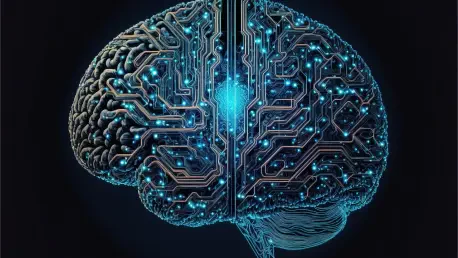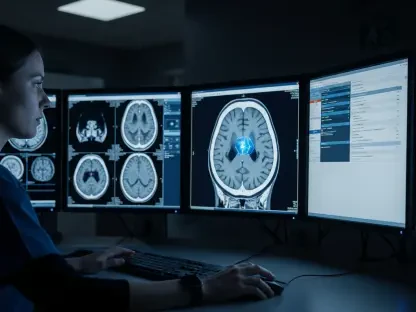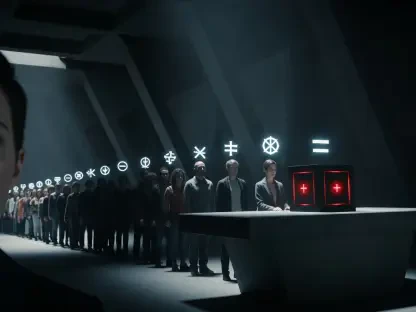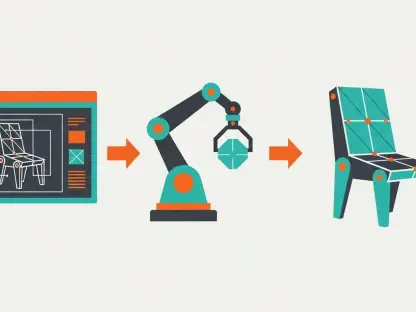Recent tests by OpenAI have identified a significant issue with new AI models hallucinating more frequently compared to older versions. The hallucination of AI refers to the generation of incorrect answers when the AI is uncertain. Specifically, tests revealed that newer models such as o3 and o4-mini had higher hallucination rates than their predecessors o1, o1-mini, and o3-mini. For instance, the o3 model reported a 33% hallucination rate, whereas o1 and o3-mini had rates of 16% and 14.8%, respectively.
OpenAI is actively investigating this phenomenon to understand the cause and mitigate the frequency of inaccurate responses in their AI systems. While AI technology has advanced rapidly over the years, achieving consistent and reliable response accuracy remains a significant challenge.
The increased hallucination rates in newer models are unexpected and concerning given the continuous efforts to improve AI performance. OpenAI’s research aims to address these issues, ensuring future models deliver more dependable results. Such findings are crucial for the development and application of AI in various fields, where accuracy and reliability are paramount for success.
In summary, while AI technology continues to evolve, reducing inaccuracies and improving the reliability of AI responses is imperative. OpenAI is committed to enhancing their models, providing better tools and resources in the fight against AI hallucinations and ensuring progress in the field.









